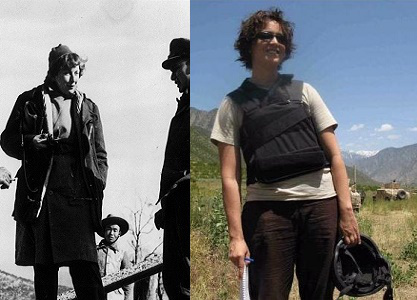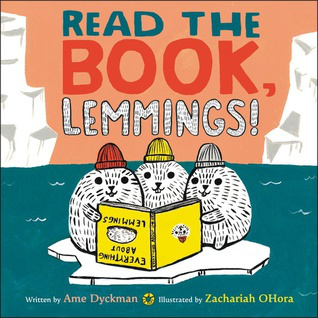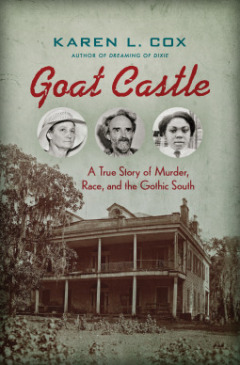 Martha Gellhorn (L) and Kim Barker (R) reporting from different ends of the 20th century.
Martha Gellhorn (L) and Kim Barker (R) reporting from different ends of the 20th century.
An initial goal of this blog and part of the meaning behind the name Pins and Strings was the intention for much of my writing to explore perceived or real connectedness in cultural influence and development.
In my upcoming run of reviews of foreign correspondent autobiographies, which began with John Simpson’s We Chose to Speak of War and Strife, I’m beginning to develop the idea different waves of journalism and journalist personality based upon the technology available in each journalist’s respective era. Simpson provides a very good history and evolution of journalism within his book but avoids defining eras. He is perhaps too close to the subject and his subjects to want to classify and instead hails all as iconic and heroic.
Which isn’t to say I think defining different waves of journalism based upon technology lessens the achievements of past or current journalists. It has however undoubtedly lead to different priorities and tactics in reporting. The autobiographies of Martha Gellhorn, Edward Behr, Marie Colvin and Kim Barker are almost representative, respectively, of each quarter of the 20th century. Barker and Colvin share many of the same personal qualities as Behr and Gellhorn but the latter spend much of their time dealing with manually typing stories and frantically searching for methods of mailing (Gellhorn) or wiring (Behr) their editors. Colvin and Simpson share occasionally similar frustrations as they struggle for satellite signals and Barker as she searches for internet. These searches are never as desperate as that of Gellhorn and Behr however.
In considering these eras or waves in the modern era it is not just the journalist and the methods and tools at their disposal but also the wants and needs of the news consumer which must be taken into consideration. Were Behr and Gellhorn subject to less from the end users of their news? If so was it commensurate with the challenges they face and the technology available?
Multimedia
The advent of the internet and smart phones led to the end of the telegram and much of the problems for journalists in lodging stories. It has also changed the way in which news is consumed. Today multimedia journalism, while not absolute, is increasingly the most common and widespread way of reporting and consuming news particularly for breaking and complicated stories.
In The 21st Century Journalism Handbook Tim Holmes explains this shift is due to the increased availability of high speed internet. This mean, he writes, that consumers can now ‘interact with what goes on around them like never before’ and are no longer ‘stuck with a local paper and a local radio or TV station’.
Gitner and Kennedy, in Multimedia storytelling for digital communicators in a multiplatform world, posit this ‘ability for the citizenry to talk back (18)’ means journalists must be ‘more flexible, faster and accountable even as technology makes this easier in a way’ and that this, in turn, only ‘Makes journalism richer and deeper’ (27).
 Journalists from various agencies in Libya
Journalists from various agencies in Libya
Looking forward news may become even more portable and instantaneous with the rise of snapchat like temporary stories and the provision of live streaming through various social media platforms. Developing issues in journalism may relate to how both professional and citizen journalists deal with the platforms curation and censorship of these livestreams.
Most ot of all I wonder what the likes of Martha Gellhorn and Edward Behr would have reported with the ability to instantly transmit, to provide background information through hyperlinks and film and edit video in the palm of their hands. With such media convergence what would someone like Martha Gellhorn have done with a smartphone as she embarked from her hiding place on a nurse’s boat onto the beaches of Normandy? What would we have learnt about Vietnam or Tiananmen Square if Edward Behr had live-streamed it? It’s easy to see why Simpson was reluctant to differentiate between generations of 20th century journalists though I think these few examples also illustrate just how much we take for granted in the age of multimedia journalism.
Share this:





